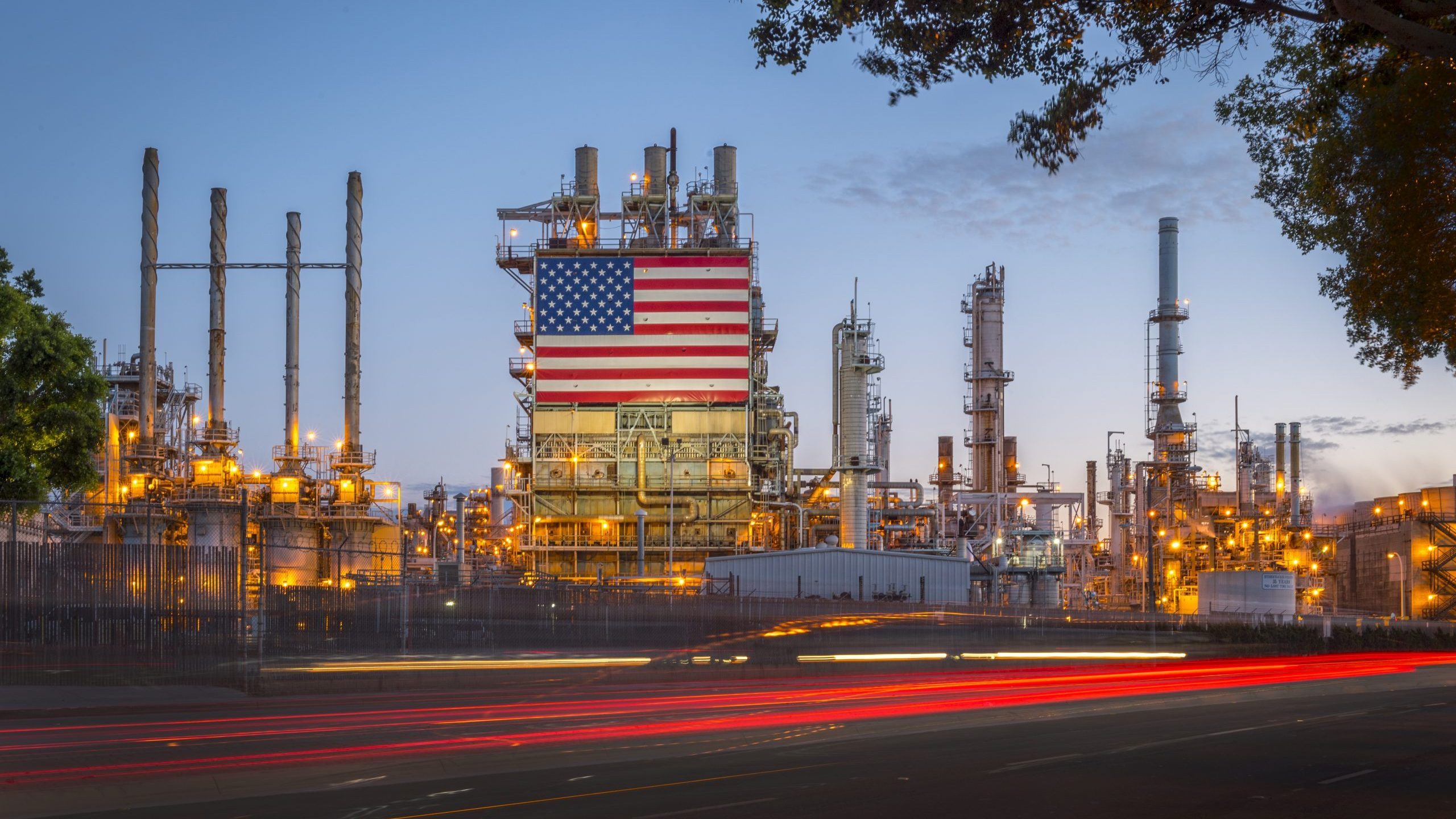As U.S. imports of Canadian oil barrel through another new all-time high, leaders on both sides of the border are warning of the threat to energy security should the incoming Trump administration apply tariffs on Canadian oil and gas.
“We would hope any future tariffs would exclude these critical feedstocks and refined products,” Chet Thompson, CEO of the American Fuel & Petrochemical Manufacturers (AFPM), told Politico’s E&E News.
AFPM’s members manufacture everything from gasoline to plastic, dominating a sector with nearly 500 operating refineries and petrochemical plants across the United States.
“American refiners depend on crude oil from Canada and Mexico to produce the affordable, reliable fuels consumers count on every day,” Thompson said.
The United States is now the world’s largest oil producer, but continues to require substantial imports – to the tune of more than six million barrels per day this January, according to the U.S. Energy Information Administration (EIA).
Nearly 70 per cent of that oil came from Canada.
Many U.S. refineries are set up to process “heavy” crude like what comes from Canada and not “light” crude like what basins in the United States produce.
“New tariffs on [Canadian] crude oil, natural gas, refined products, or critical input materials that cannot be sourced domestically…would directly undermine energy affordability and availability for consumers,” the American Petroleum Institute, the industry’s largest trade association, wrote in a recent letter to the United States Trade Representative.
More than 450,000 kilometres of oil and gas pipelines link Canada and the United States – enough to circle the Earth 11 times.
The scale of this vast, interconnected energy system does not exist anywhere else. It’s “a powerful card to play” in increasingly unstable times, researchers with S&P Global said last year.
Twenty-five years from now, the United States will import virtually exactly the same amount of oil as it does today (7.0 million barrels per day in 2050 compared to 6.98 million barrels per day in 2023), according to the EIA’s latest outlook.
“We are interdependent on energy. Americans cutting off Canadian energy would be like cutting off their own arm,” said Heather Exner-Pirot, a special advisor to the Business Council of Canada.
Trump’s threat to apply a 25 per cent tariff on imports from Canada, including energy, would likely “result in lower production in Canada and higher gasoline and energy costs to American consumers while threatening North American energy security,” Canadian Association of Petroleum Producers CEO Lisa Baiton said in a statement.
“We must do everything in our power to protect and preserve this energy partnership.”
Energy products are Canada’s single largest export to the United States, accounting for about a third of total Canadian exports to the U.S., energy analysts Rory Johnston and Joe Calnan noted in a November report for the Canadian Global Affairs Institute.
The impact of applying tariffs to Canadian oil would likely be spread across Canada and the United States, they wrote: higher pump prices for U.S. consumers, weaker business for U.S. refiners and reduced returns for Canadian producers.
“It is vitally important for Canada to underline that it is not just another trade partner, but rather an indispensable part of the economic and security apparatus of the United States,” Johnston and Calnan wrote.
The unaltered reproduction of this content is free of charge with attribution to the Canadian Energy Centre.
